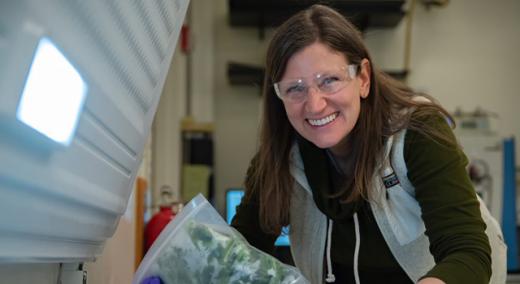The levels of contaminants in our food supply are, generally, decreasing. That’s the good news.
|
ADVERTISEMENT |
But we still need to measure those contaminants and make sure our food is safe. And measuring tiny things (and big things) is what we do best here at NIST.
In our food safety program, we’re studying all aspects of food safety through measurement.
The U.S. Food and Drug Administration (FDA) and other agencies regulate the food supply to make sure it’s safe. They do sampling studies where they test foods and make sure that all their labs can measure the small levels of contaminants in foods. At NIST, we help the FDA make sure its measurements are accurate, a vital part of keeping our food safe.
…

Add new comment